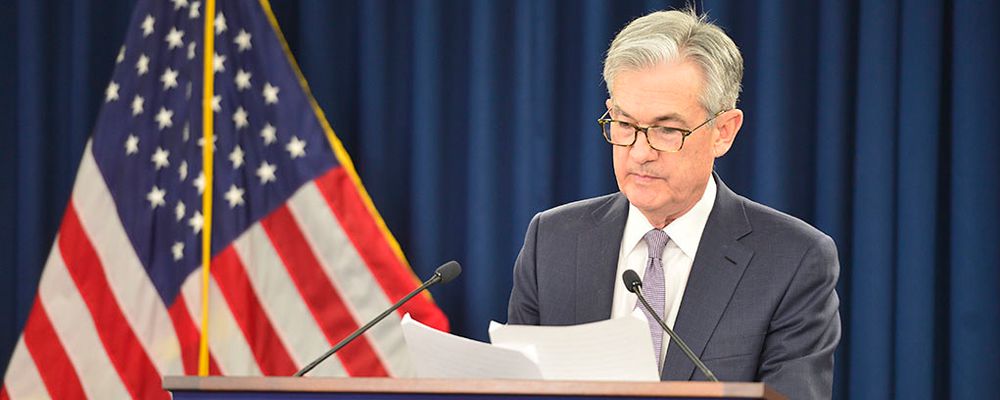Markets are pricing in further rate rises.
- Tuesday, May 17, 2022
 The Federal Reserve as expected, raised the Federal Funds Rate by 0.5% to 1% on May 4th in order to combat rampant inflation. Jerome Powell, the Fed Chairman has in the past stated that he thought inflation to be ‘transitory’ and now admits it is ‘much too high’ and that a further 0.5% rise should be expected soon.
The Federal Reserve as expected, raised the Federal Funds Rate by 0.5% to 1% on May 4th in order to combat rampant inflation. Jerome Powell, the Fed Chairman has in the past stated that he thought inflation to be ‘transitory’ and now admits it is ‘much too high’ and that a further 0.5% rise should be expected soon.
Markets responded positively to the 0.5% increase as it was well publicised and expected, and was less than a 0.75% rise which could have been recommended. The S&P 500 rose 3% on the news but the economic forecast of a slowdown then hit markets the next day and depressed markets further. US 10 Year treasury yields have risen 83% from 1.65% to 3.03% in the past 12 months. Analysts still feel that 10-year treasury yields have further to go from the current positions and that equity markets will struggle until inflation starts to decline.
The Fed believes that the USA has strong underlying economic momentum and that the economy can take the rate rises despite shrinking -1.4% in Q1. Hiring in the US remained strong in April. The US Labor Department said employers added 428,000 jobs, which was more than expected and marked the 12th month in a row of job increases. The jobless rate held steady at 3.6%. The gains bolstered the views at the Fed that the economy is well positioned as it starts to raise rates to try to curb inflation.
The Fed is also aware of wage growth pressure as well as strong household and business savings rates mean that somewhat uniquely the US can handle higher borrowing costs without a major downturn.
These rate rises will be seen as the Fed seeking to push down wage growth and inflation without slowing the economy and a reversal of the unemployment trends. Some analysts feel that if the Fed focuses upon inflation control, then the price the US may pay is a recession. Other analysts feel that the Fed should have risen rates sooner and that this rate rise should have been higher at 0.75%.
Markets are pricing in further rate rises with an expectation that rates will rise on seven occasions until they hit 2.25% – 2.5% by the end of the year. However, if the Fed remains focused on inflation and front loads the rate rises at 0.5% per FOMC meeting we may see less rate rises at four or five this year. Interestingly, inflation may soon start to decline in the US which will be good news for investors.
The current 8.5% inflation rate is a 40-year high and has been stoked by high government spending, a strong labour market and supply weakness. The US is self sufficient in energy so is not suffering the same pressures as Europe. For this reason, the US inflation rate may start to decline earlier than Europe does.

Chris Davies
Chartered Financial AdviserChris is a Chartered Independent Financial Adviser and leads the investment team.
About Estate Capital
Financial Services
Our Contacts
7 Uplands Crescent,
Swansea, South Wales,
SA2 0PA.
Tel: 01792 477763
